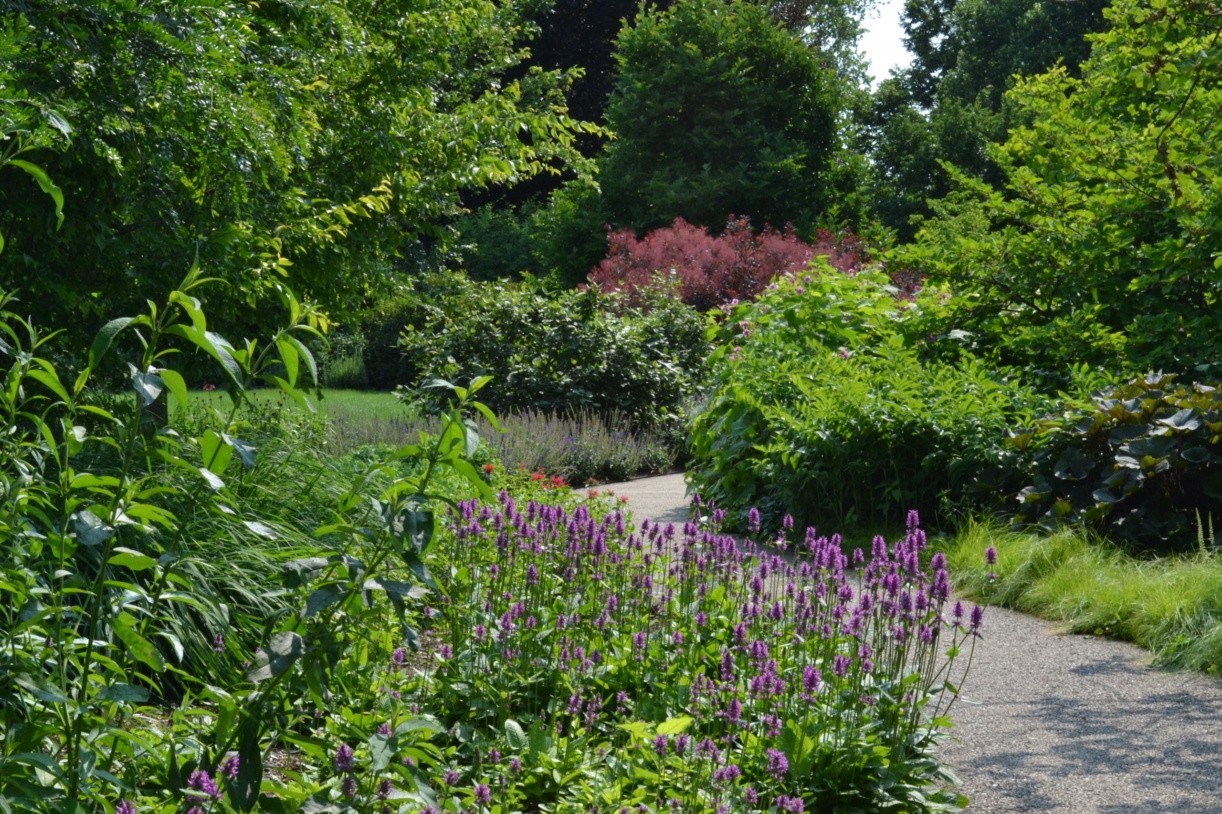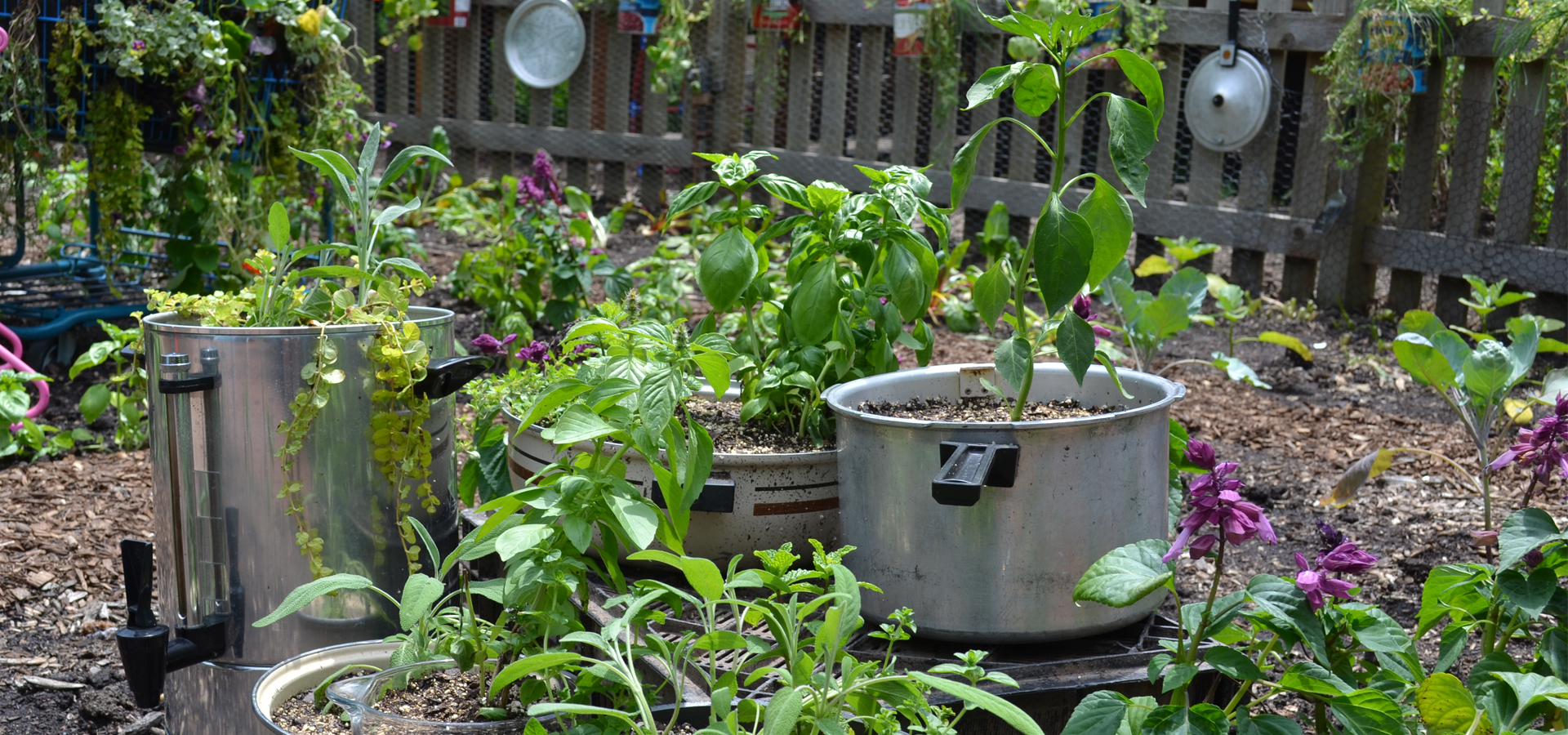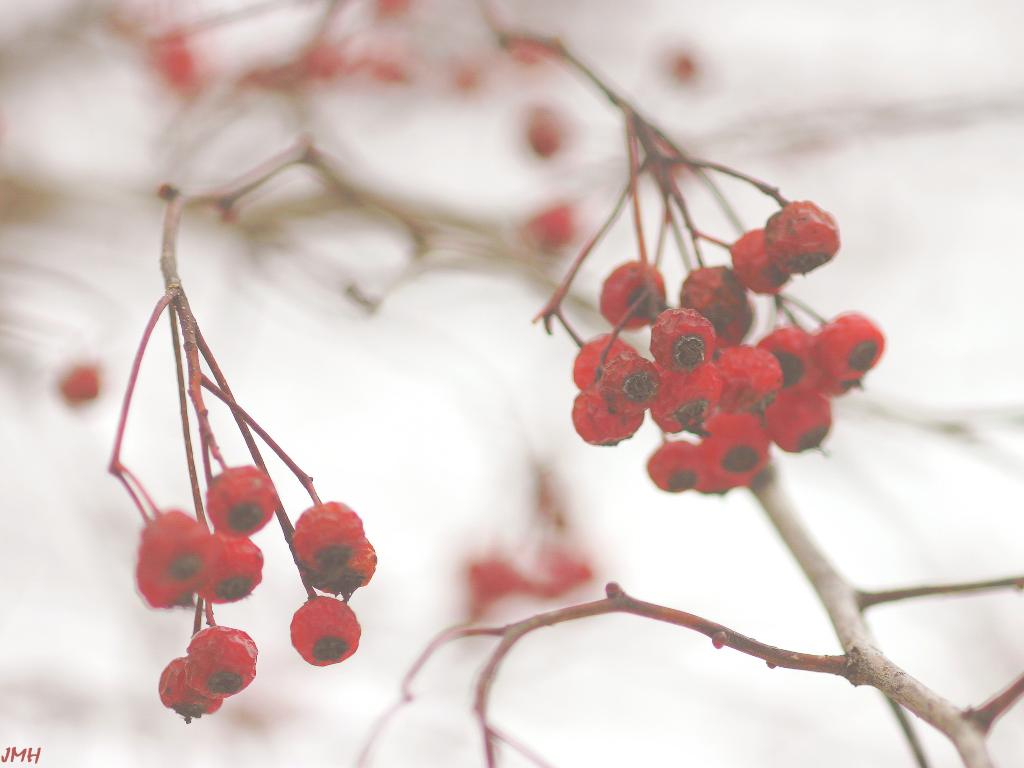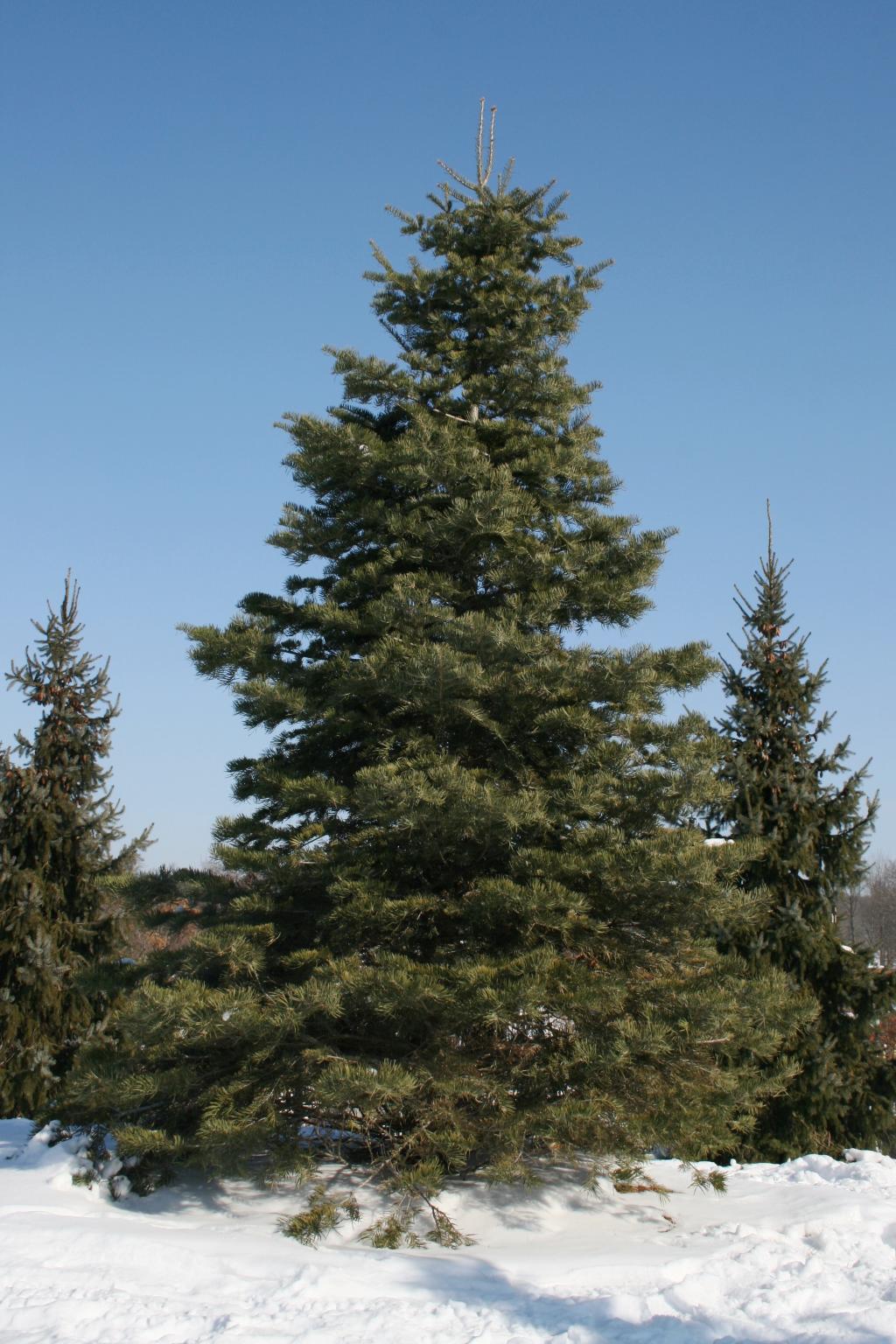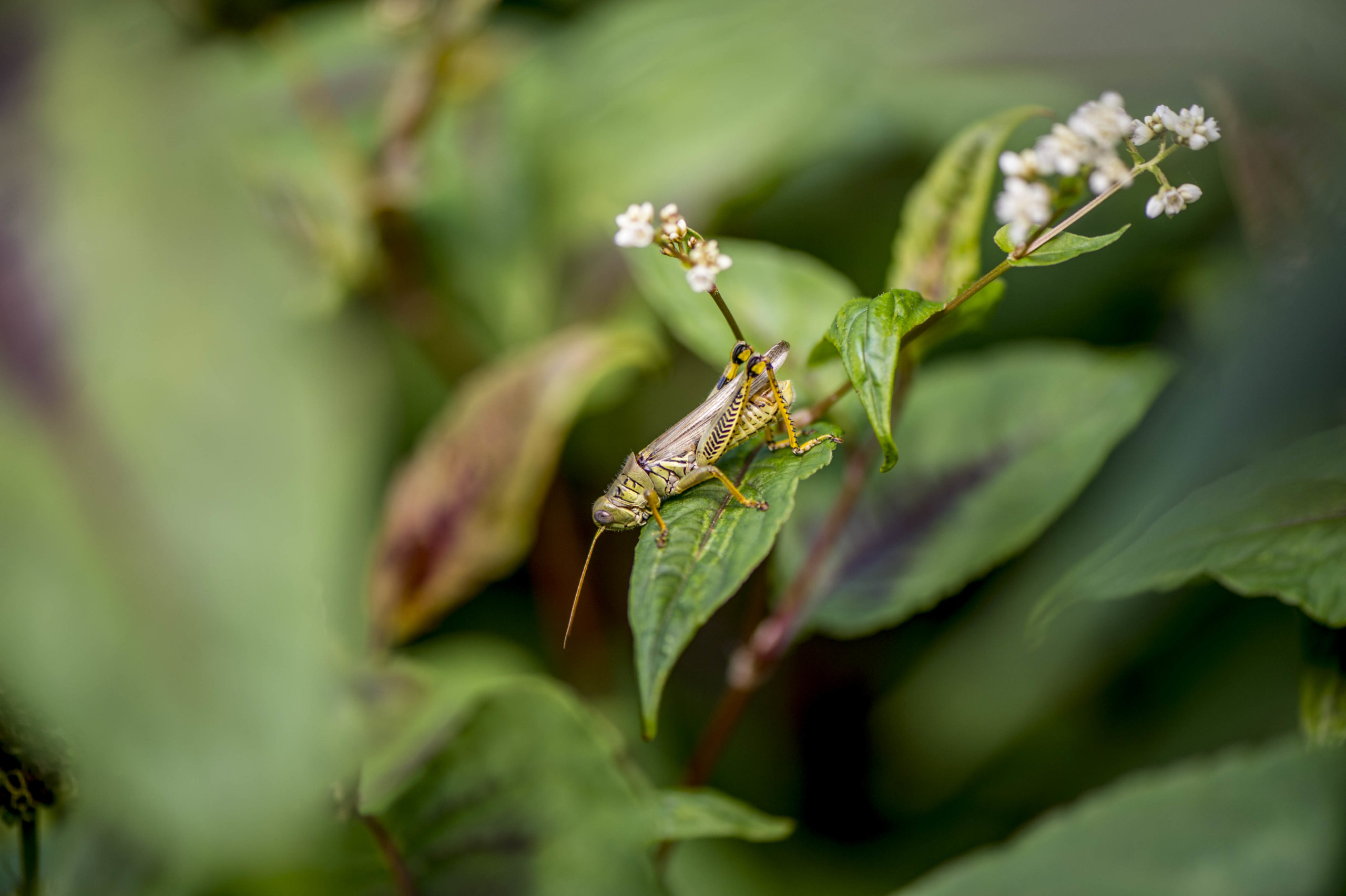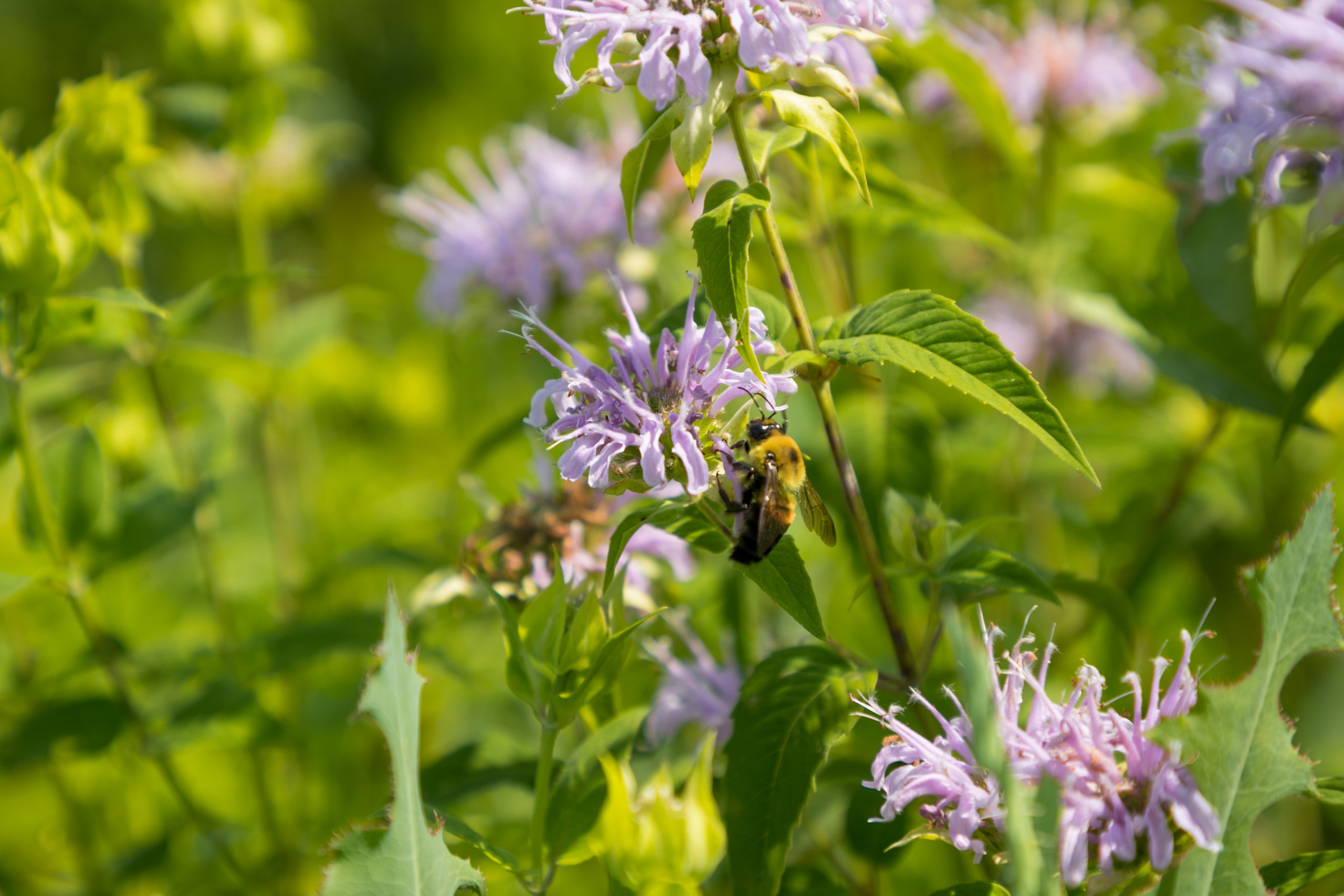Each season brings growth, change, and opportunities to care for plants and landscapes. As you work in your garden, learn the cycles of nature. These cycles of nature don’t always coincide with the months on a traditional calendar. Unpredictable weather due to climate change has rendered the calendar an unreliable resource. To garden as successfully as possible, we must look at the weather, as well as stages of development in plants, and not calendar dates. Our garden “calendar” works with those factors. Each year is different.
Schedule your gardening activities based on the weather that is occurring in your area. Be sure to look at weather forecasts to be aware of upcoming changes and trends. Keeping track of soil temperatures allows us to plan for planting and mulching. Use a rain gauge to monitor the amount of rainfall your garden receives. This gives guidance on when to water. Plants and insects alike respond to accumulated heat and that can be tracked through Growing Degree Days (GDD). Information on soil temperatures, rainfall, and growing degree days is available in the Plant Health Care Report, which is posted online from April through September.
Plant development is also a good guidepost. Swelling buds on a plant indicate that new growth will be starting soon, often as soon as the weather allows. These observations may guide our pruning and give us insight on when to use fungicides properly. Leaves that don’t look normal could indicate that there may be a problem with the plant. They tell us to look for pests and diseases and to re-evaluate our watering practices. Frequent and careful observation of our plants will help us better care for them.
